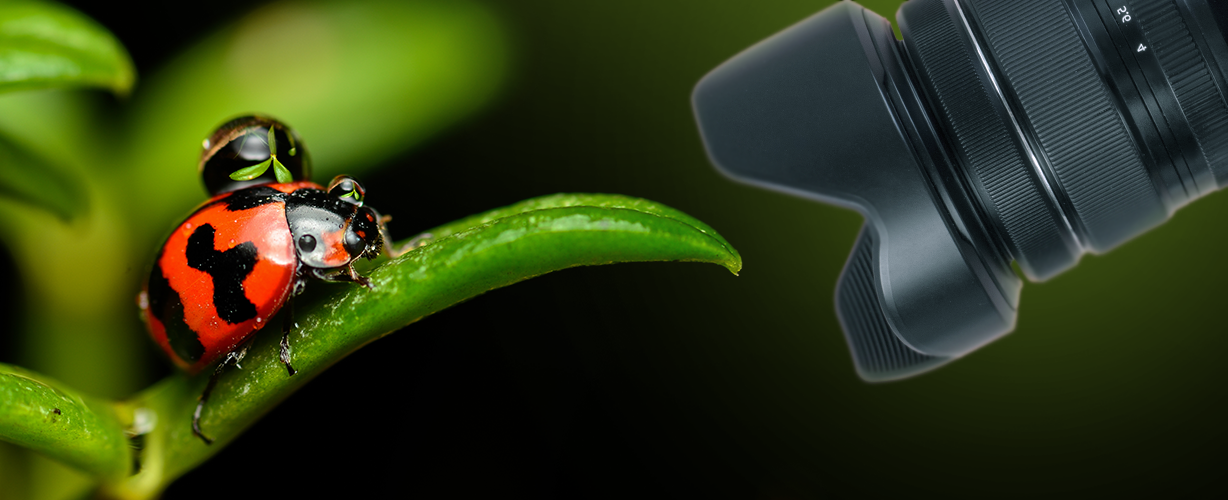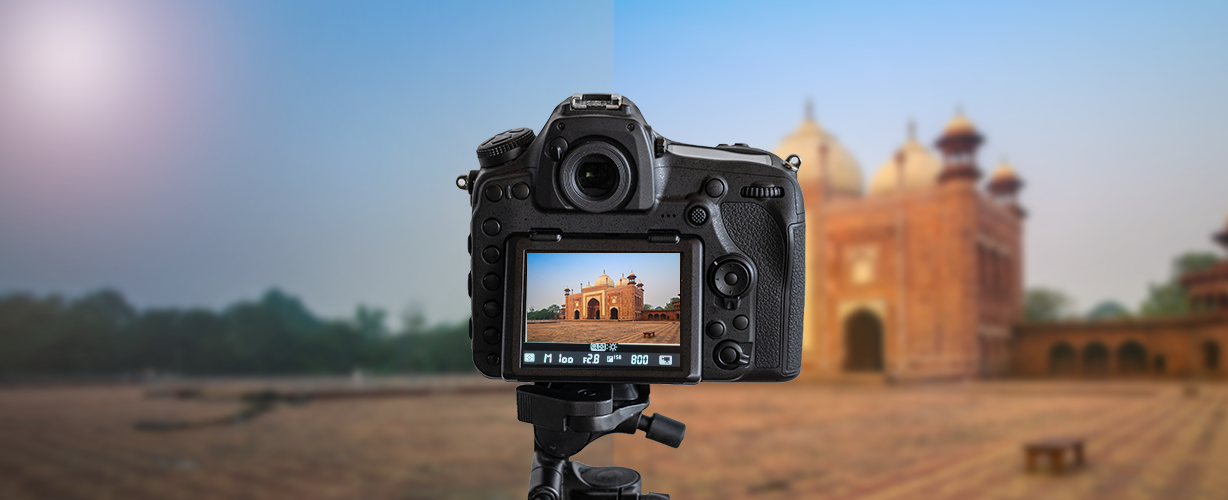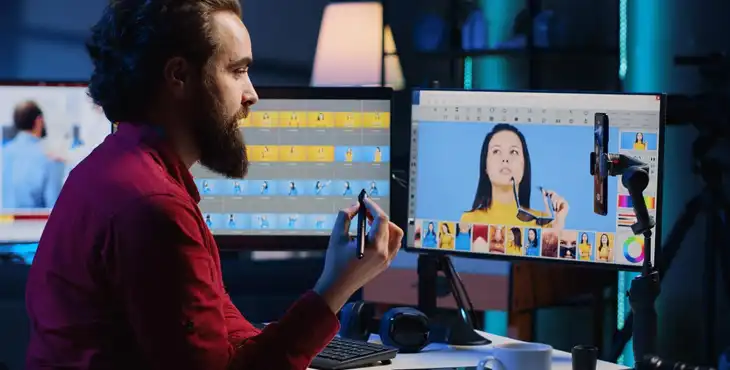The ability to express stories visually has become crucial in today’s competitive business environment. With its capacity to capture minute details, macro photography gives businesses a chance to show their products and services in an exceptionally dynamic manner.
Whether it’s for product catalogs, digital campaigns, or executive profiles, precision-driven photography is the visual language that drives engagement, boosts credibility, and converts viewers into clients. Knowing the subtleties of macro shot photography can provide your company with a competitive advantage that sets it apart from the competition. A premium photo editing company can help C-level executives, marketing directors, and project leaders who depend on visual content to convey brand value.
This article lists five useful, outcome-driven macro photography pointers intended especially for commercial use. Decision-makers can utilize these ideas to improve internal visual content strategies or outsource to a team that is adept at the artistic and technical subtleties of business-grade photography.
What You Need to Know About Macro Photography
Macro photography was introduced as a scientific pursuit, where scientists used to attach microscopes to their cameras in order to capture microscopic subjects. Today, the usage of macro photography has become widespread among businesses, particularly for product photography, close-range photography, in-house visual content strategies, elevating creative nuances, etc.
Macro photography requires you to use your camera and lens to their fullest potential. While pushing the limits might be enjoyable, you run the danger of getting unsatisfactory results and blurry photos if you are not very informed of your camera’s settings and what your camera and lens combo can do. Although most cameras can take some macro photos, professional-quality macros require a specialist lens and a DSLR or mirrorless camera to support them.
5 Tips and Ideas for Macro Photography
Here are five simple yet powerful tips and ideas for effective and productive macro photography.
1. Make Use of the Right Camera and Lenses
The lens you select is the primary equipment needed for macro photography, as you shall discover shortly. However, you will need a camera that can use the best macro lenses. Choosing the right kind of sensor will be the most important factor in choosing a camera. More focal length will be available for your money with a cropped sensor, such as an APS-C or Micro Four Thirds. Not that full-frame sensors aren’t useful for macros; however, a cropped sensor will offer a bit more zoom, which could be useful!
What, therefore, constitutes an appropriate macro lens? As macro photographs come in a variety of forms, there is no one perfect lens. To begin with, lenses should be evaluated according to their minimum focal distances. With a telephoto lens, you can be farther away from your subject or bring the camera very near to them if you want a close-up shot.
How you want to create macro photographs will determine the focal length of your chosen lens. Macro lenses typically measure 70 to 200 mm. The 100–135 mm range is the sweet spot because it strikes a compromise between having a good field of view and being near enough.
2. Get Your Camera Settings Right
A macro setting is built into a lot of smartphones and small cameras. This modifies the digital parameters for an “as good as it gets” macro shot, but it cannot alter the real lens element. Although it’s not ideal, attempt it if the chance arises, and you’re in a tight spot.
Naturally, having an interchangeable lens camera with a dedicated macro lens is the ideal method to acquire the greatest photograph. However, occasionally, something captures our attention while we’re out in the field shooting something else. Knowing how to use every item in your arsenal is a good perk.
3. Focus on Depth of Field
It is far more difficult to use depth of field when you are near to your subject. A depth of field that is excessively narrow due to wide aperture settings will result in a fuzzy image in most cases. The most often utilized f-stops in macro photography are therefore those between f/8 and f/16.
The exposure triangle can be quickly reviewed to illustrate the issues that arise from this. If you can only shoot at f/8 or above, you will need to change the ISO or shutter speed. In order to maintain image quality and prevent sensor noise, professional photographers typically keep the ISO set lower.
In order for the sensor to receive enough light, shutter rates need to be drastically reduced. Although larger shutter openings result in beautiful photos, you will need to utilize a tripod for a steady shot.
4. Light the Scene Appropriately
In some ways, it is easier to light a macro shot than any other kind. After all, you’re just lighting a small portion. Photographers may want to more carefully manage the lighting settings, even though many macros can be taken in natural light. This could regulate the level and positioning of shadows or maintain a high-standard look.
When it comes to lighting macros, the only true limitation is avoiding on-camera flashes. Lower focal lengths may result in the camera or lens’ shadow appearing in the image. Typically, the light from telephoto lenses is excessively harsh and direct. These issues can be resolved by diffusing your flash, which can be done off-camera or by bouncing it.
5. Composition and Background: Simple to Amplify
It’s easy to forget the fundamentals when there’s so much to consider. Take a step back and think about the composition of your shot. Avoid being overly preoccupied with the definition of macro photography. Some viewers may find it difficult to identify what they are looking at if the image lacks some background information and a glimpse of their surroundings. Give your subject a living atmosphere and take a step back.
Don’t forget to move around and try fresh and imaginative perspectives. A slight shift in your position can have a significant impact on the image because macro photographs have a limited field of view. Consider taking a down-low or up-high shot.
Use simple and neutral backgrounds that contrast with the subject. A shallow depth of field can blur distracting aspects. Contextual props that enhance (but do not conflict with) the subject are perfect for lifestyle product photography.
Conclusion
Macro lens photography is a vital tool for companies looking to convey value at a micro level because it provides unparalleled clarity and detail. These macro photography pointers are useful and simple to apply, regardless of whether you’re thinking about outsourcing to a specialist service or improving internal capabilities.
We have collaborated with businesses all around the world for well over ten years to provide business-focused photography solutions that satisfy worldwide quality requirements. Our staff is available to help you realize your goal if you’re a decision-maker prepared to enhance your brand with carefully considered graphics.
As a pioneer in the photography sector worldwide, we have the expertise and tools to substantially improve your visual content. To fully realize the potential of macro photography and grow your company, think about collaborating with us. Allow us to assist you in producing pictures that will stay with your viewers for a long time.
SmartPHOTOeditors


